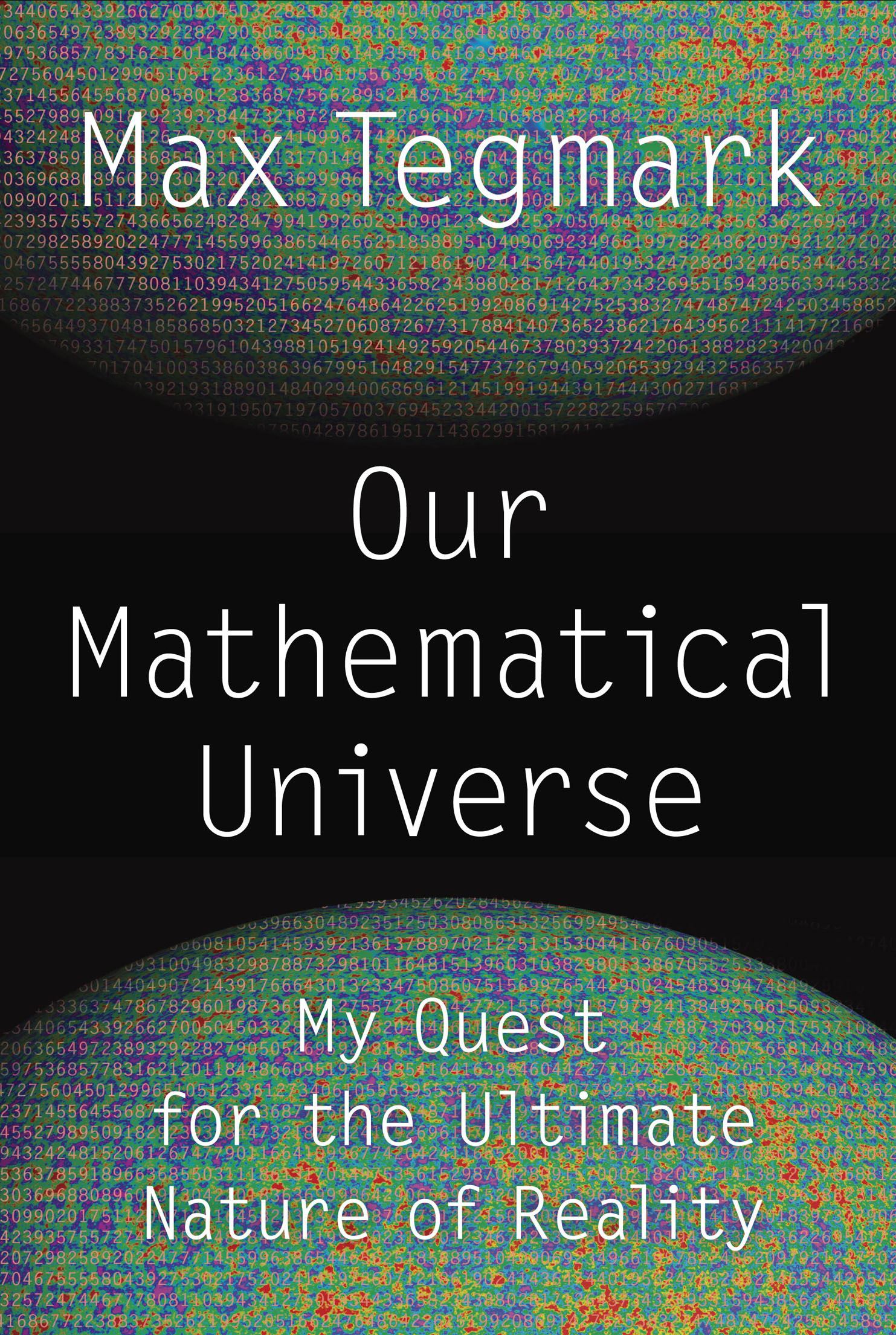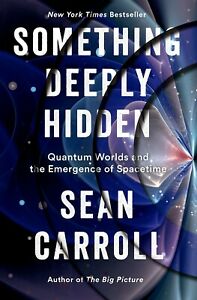By Qingyang Zhang, Y13
(For my previous article on type I parallel universes, click here.)
While type I parallel universes are generally accepted as scientific objects, type II parallel universes are more controversial. Type II parallel universes are a prediction of inflation theory – developed in the 1980s by Alan Guth, it’s the best existing theory answering two questions in cosmology: the flatness problem and the horizon problem (homogeneity problem). The flatness problem questions why our universe is so flat and fine-tuned in geometry, whereas the horizon problem asks why our universe appears macroscopically homogeneous, meaning that on a large scale, things appear uniform everywhere.
Inflation theory argues that there was a time where space expanded exponentially. The expansion slowed down, allowing celestial structures to form and life to evolve, but the expansion made it impossible for originally joined points to meet and interact again. Yet how does this solve the flatness and homogeneity problem? Imagine our universe as a 3-D structure on a 4-D balloon. Inflation is analogous to the balloon being blown up exponentially fast to a gigantic size. To the 3-D structure, space would flatten, like how the earth seems flat to humans even though it is a sphere. (Yes, the earth is not flat). Therefore, inflation solves the flatness problem. Inflation also solves the homogeneity problem: before expansion, points are close, so they can interact, making it more likely for two points to have similar qualities. For example, when you put an ice cube in water, both are close enough to transmit heat, resulting in the ice cube acquiring heat, the water losing heat, so they become more similar in temperature. After inflation, these points that once interacted are forever apart, but their properties remain similar, which explains why the universe is homogeneous.
Inflation theory also predicts the existence of type II parallel universes. Since inflation is so fast, separated regions of space never meet, meaning that they become parallel universes. These universes are type II parallel universes. Type II parallel universes differ from type I parallel universes because type I parallel universes are impossible to observe but theoretically possible to visit, while type II parallel universes are impossible to observe but impossible to visit.
You might be skeptical. Why should we believe in inflation theory? One might argue that it is the best existing theory, so it must be right (or at least the most likely to be right). One could also justify the theory using Occam’s razor: the simplest theory (presumably the easiest to discover) is the most plausible. Whether Occam’s razor is always true is a complex debate, and I will leave it to you to explore. Your stance on the strength of Occam’s razor will determine the extent to which you believe in inflation theory.
Even if we believe in inflation theory, and if it is found to be true, why should we believe in type II parallel universes? Tegmark argues that if you believe in one part of the theory, you must accept the entire theory and hence all its predictions. If you accept Einstein’s theory of general relativity because it is empirically confirmed by Mercury’s orbit, then you cannot reject its prediction that black holes exist. Similarly, if you believe in inflation, you must accept its robust prediction – the existence of type II parallel universes. I agree with Tegmark, although he doesn’t clarify that the prediction itself is a necessary product of inflation theory.
I believe type I parallel universes definitely exist. As for type II parallel universes, it depends on whether you believe in inflation theory and Occam’s razor, and the extent to which the prediction arises from its theory.



